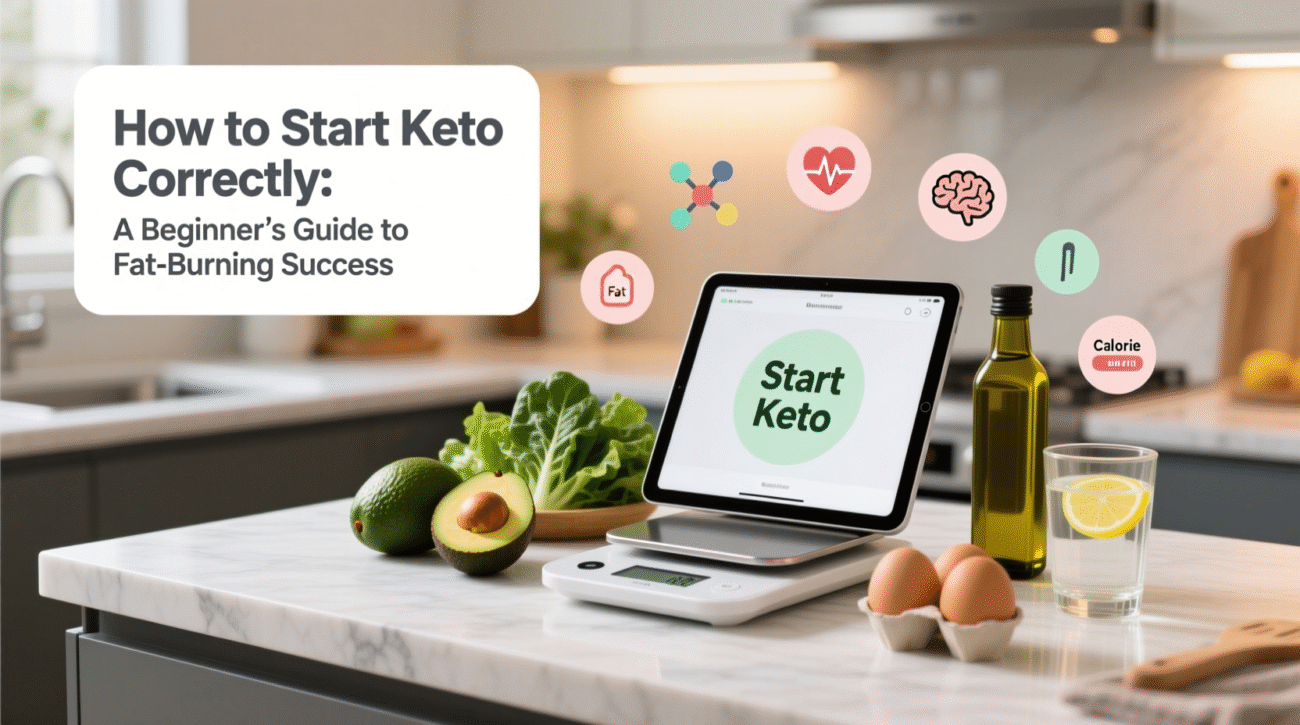If you’ve heard about the keto diet but aren’t sure how to start keto correctly—especially as a beginner—you’re in the right place. Many people jump into keto with enthusiasm but miss critical steps that sabotage their results. The truth? Keto isn’t just about eating bacon and skipping bread. It’s a metabolic shift that requires understanding your body’s fuel source and how hormones like insulin control whether you burn sugar or fat.
In this comprehensive, science-backed guide, you’ll learn exactly how to start keto correctly—from food choices and meal timing to common pitfalls and pro tips that make the transition smooth, sustainable, and effective.
Why Keto Works: It’s All About Fuel and Insulin
At its core, the ketogenic diet is about changing your body’s primary fuel source.
- Standard diet: Your body burns glucose (sugar) from carbohydrates.
- Keto diet: Your body switches to burning fat—and produces ketones as a clean, efficient energy source.
The key regulator of this switch? Insulin—the hormone that determines whether you store fat or burn it.
High insulin = sugar burning + fat storage
Low insulin = fat burning + ketone production
So, the #1 goal when you start keto is keeping insulin low. And you do that through two powerful strategies:
- Dramatically reduce carbohydrate intake
- Eat fewer meals (not fewer calories)
Let’s break both down.
Step 1: Eliminate Carbs—But Not All of Them
Carbs trigger insulin. That includes not just bread and pasta, but all forms of sugar—even the “healthy” ones like:
- Honey
- Agave nectar
- Maple syrup
- Date sugar
- Brown or white sugar
✅ Pro Tip: Replace sugar with keto-friendly sweeteners like erythritol, monk fruit, or stevia. These sugar alcohols have minimal impact on blood sugar and insulin.
What Carbs to Avoid Completely
- Grains: Wheat, rice, oats, corn, and anything made from flour (bread, crackers, cereal, pasta)
- Starchy vegetables: Potatoes, sweet potatoes, corn, peas
- Most fruits: Bananas, apples, oranges, grapes, mangoes
🚫 Exception: Berries (strawberries, raspberries, blackberries) are low in sugar and high in fiber. Enjoy ½–1 cup per day.
The Keto-Friendly Substitutes You’ll Love
Don’t think you have to give up your favorite foods! Modern keto cooking offers amazing alternatives:
- Almond flour or coconut flour for bread, pizza crust, and muffins
- Cauliflower rice instead of white rice
- Mashed cauliflower in place of mashed potatoes
- Zucchini noodles (“zoodles”) for pasta dishes
🔍 Always read labels! Even “healthy” products like deli meats, bacon, or nut butters often contain hidden sugars (dextrose, maltodextrin, etc.).
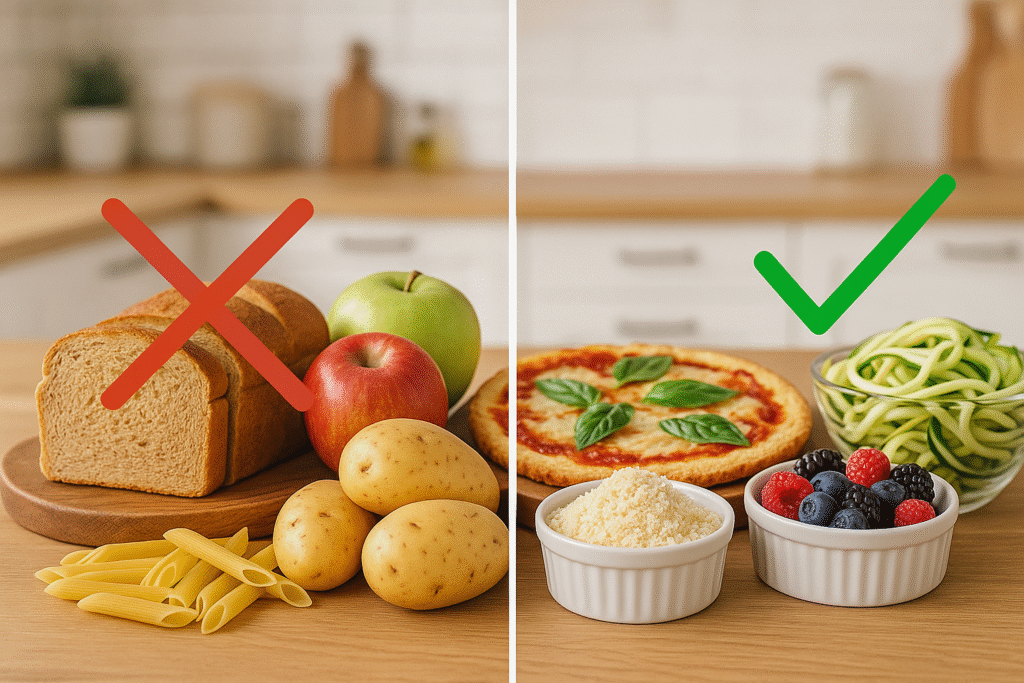
Step 2: Eat 7+ Cups of Non-Starchy Vegetables Daily
One of the biggest mistakes beginners make? Not eating enough vegetables.
On keto, non-starchy veggies are your best friend. They’re low in carbs, high in fiber, and packed with essential nutrients like potassium, magnesium, and vitamin C. Plus, they feed your gut microbiome, which helps stabilize blood sugar and boost energy.
Best Keto Vegetables (Aim for 7+ cups/day):
- Leafy greens (spinach, kale, arugula, romaine)
- Cruciferous veggies (broccoli, cauliflower, Brussels sprouts, cabbage)
- Bell peppers, zucchini, asparagus, mushrooms
- Tomatoes and carrots (in moderation—they have slightly more carbs)
💡 Strategy: Eat your vegetables first at every meal. Why? Protein and fat are very satiating—you’ll fill up fast and miss out on vital nutrients if you leave veggies for last.
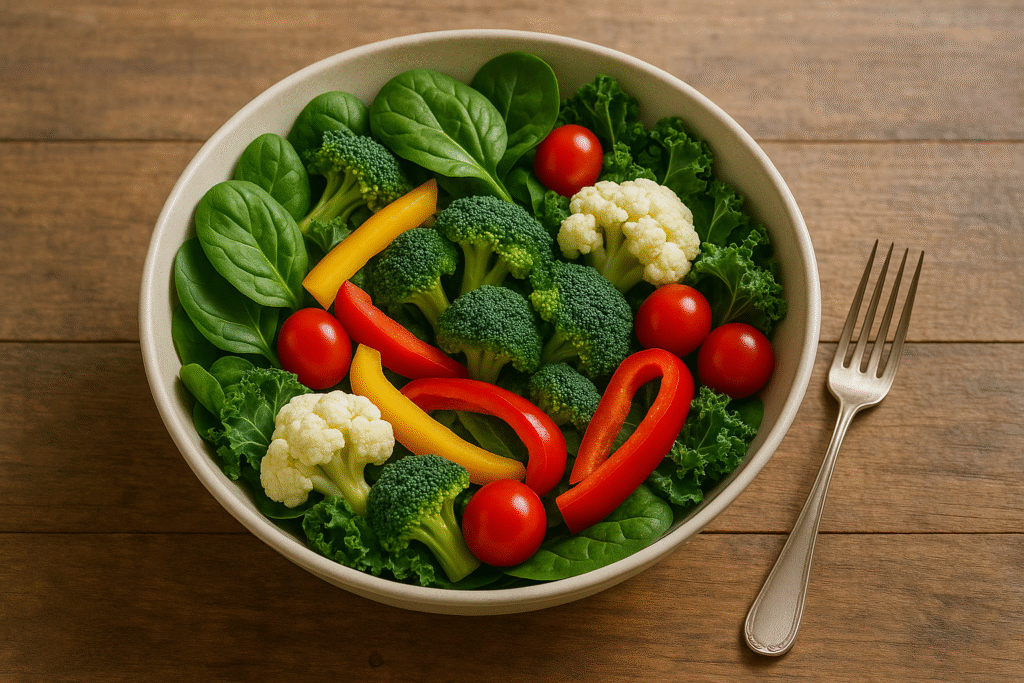
Step 3: Choose Moderate Protein—With Fat Attached
Contrary to popular belief, keto is not a high-protein diet. Excess protein can convert to glucose through gluconeogenesis, potentially spiking insulin and kicking you out of ketosis.
Instead, aim for moderate protein—about the size of your palm per meal (3–8 oz, depending on your age, size, and activity level).
Best Protein Sources for Keto:
- Fatty cuts of meat (ribeye, pork belly, chicken thighs with skin)
- Fatty fish (salmon, mackerel, sardines)
- Eggs (whole, not just whites)
- Full-fat cheese (cheddar, brie, mozzarella)
- Nuts and nut butters (check for no added sugar!)
🔥 Critical Insight: Always choose fattier proteins over lean ones. A lean chicken breast spikes insulin more than a salmon fillet with its natural fats. The fat buffers insulin response and keeps you in ketosis.

Step 4: Prioritize Healthy Fats—And Avoid the Toxic Ones
Since fat provides 70–80% of your calories on keto, fat quality matters immensely.
✅ Healthy Fats to Embrace:
- Olive oil (extra virgin, cold-pressed)
- Avocado oil
- Coconut oil and MCT oil (great for ketone production)
- Butter or ghee (grass-fed if possible)
- Avocados, olives, macadamia nuts
🌿 Why add fat to veggies? Fat-soluble phytonutrients (like lycopene in tomatoes or beta-carotene in carrots) require fat for absorption. Drizzle olive oil on your salad—it’s not just tasty, it’s biochemistry!
🚫 Fats to Avoid at All Costs:
- Soybean oil
- Corn oil
- Canola oil
- Cottonseed oil
- Safflower and sunflower oil (in excess)
These are highly processed, inflammatory, and often GMO. They’re hidden in salad dressings, mayonnaise, and packaged foods—so read every label.
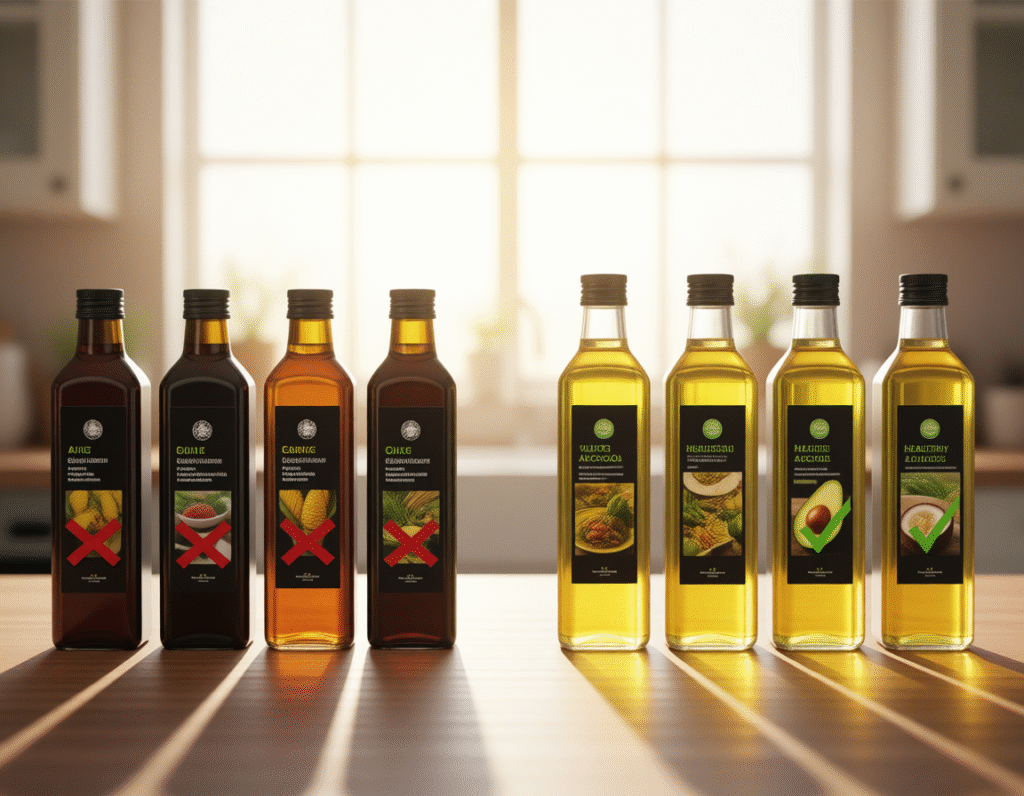
Step 5: Combine Keto with Intermittent Fasting
Here’s the game-changer most beginners miss: eating fewer meals amplifies keto results.
Every time you eat—even keto food—you trigger insulin. Fewer meals = lower baseline insulin = deeper ketosis.
How to Do It:
- Skip breakfast. Start your day with:
- Black coffee
- OR coffee with 1 tbsp grass-fed butter + 1 tsp MCT oil (this boosts ketones and curbs hunger)
- Eat within a 6-hour window (e.g., 12 PM–6 PM).
- Meal 1: 12 PM
- Meal 2: 6 PM
- Then fast for 18 hours
- Never snack. Snacking—even on nuts—keeps insulin elevated and trains your body to expect constant food.
⚠️ True hunger vs. habit:
- True hunger: Weakness, shakiness, irritability
- False hunger: Boredom, habit, or mild stomach rumbling
Push through the latter—you’ll reset your appetite hormones in 2–3 days.
💡 Morning cortisol spike? Around 8 AM, cortisol naturally rises, mimicking hunger. Wait 30 minutes—it passes. Don’t eat out of habit!
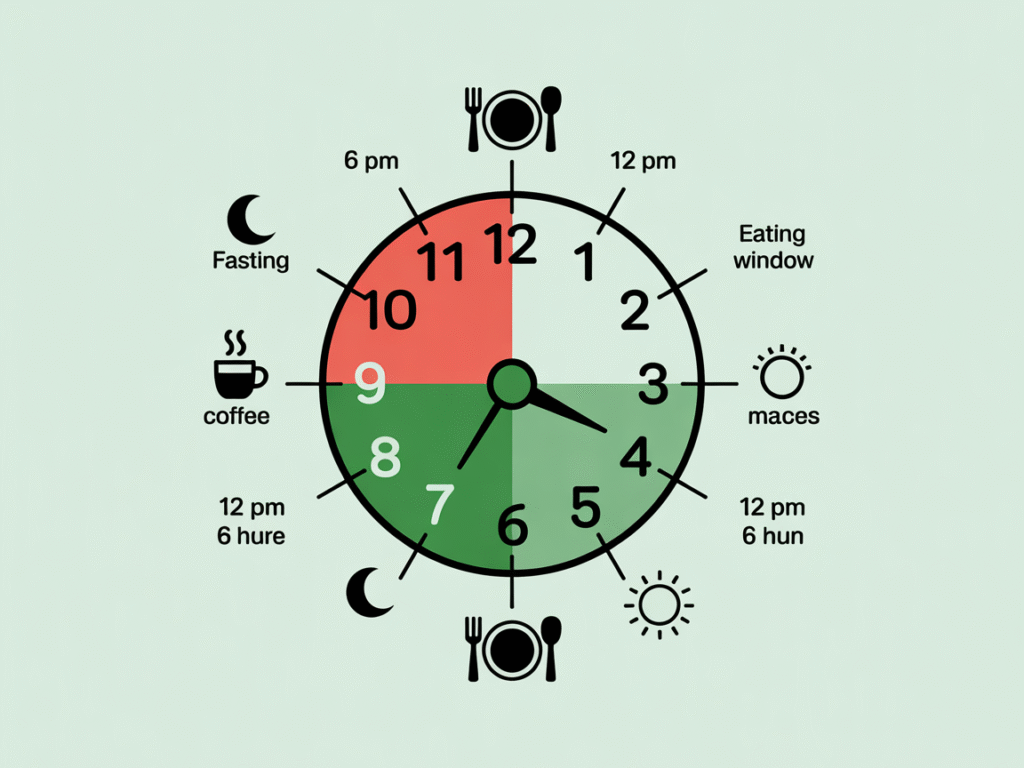
Common Beginner Mistakes (And How to Avoid Them)
❌ Mistake 1: Counting Calories Instead of Carbs
Focus on net carbs (total carbs – fiber) under 20–30g/day. Calories will naturally regulate when insulin is low.
❌ Mistake 2: Fear of Fat
You need fat to feel full and stay in ketosis. Add butter, avocado, or olive oil liberally.
❌ Mistake 3: Overdoing Protein Shakes
Whey protein powders are insulinogenic. Stick to whole-food protein sources.
❌ Mistake 4: Ignoring Electrolytes
Keto flushes water and minerals. Supplement with:
- Sodium (5,000 mg/day)
- Potassium (3,000–4,000 mg)
- Magnesium (300–500 mg)
This prevents “keto flu.”
Final Checklist: How to Start Keto Correctly
✅ Eliminate all sugar and grains
✅ Eat 7+ cups of low-carb vegetables daily
✅ Choose moderate, fatty protein portions
✅ Use only healthy fats—avoid industrial seed oils
✅ Skip breakfast and avoid snacking
✅ Eat 2 meals within a 6-hour window
✅ Stay hydrated and replace electrolytes
Ready to Transform Your Health?
Starting keto correctly isn’t about deprivation—it’s about rewiring your metabolism for lasting energy, mental clarity, and fat loss. By lowering insulin through smart food choices and strategic meal timing, you unlock your body’s natural ability to burn fat 24/7.
If you’re new to keto or struggling to see results, consider consulting a keto specialist (especially if you’re in the U.S.—many clinics offer free guidance).
Your journey to fat-burning begins today—one low-carb, high-fat meal at a time.
